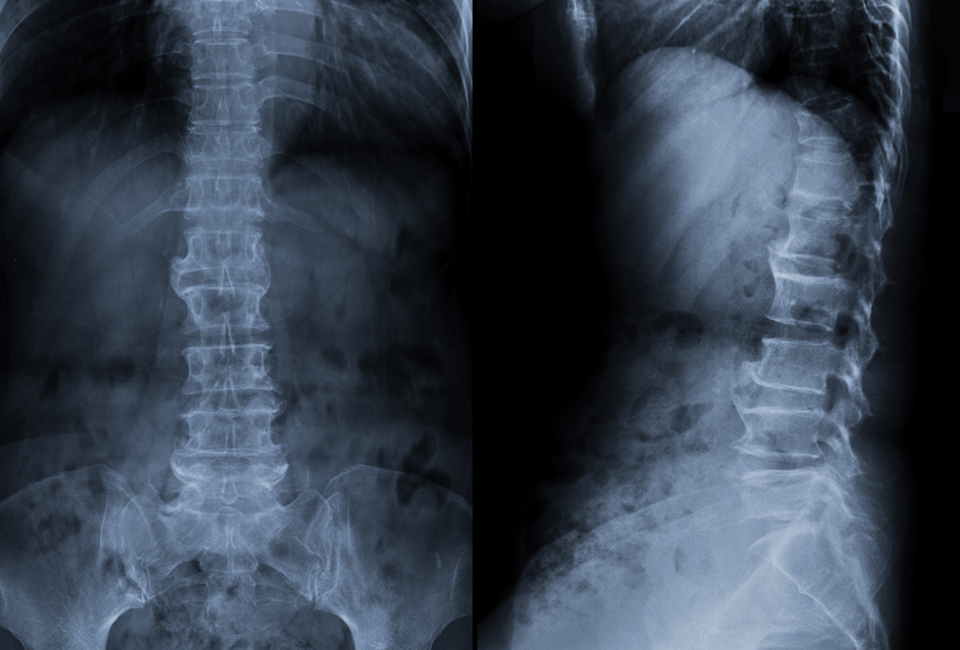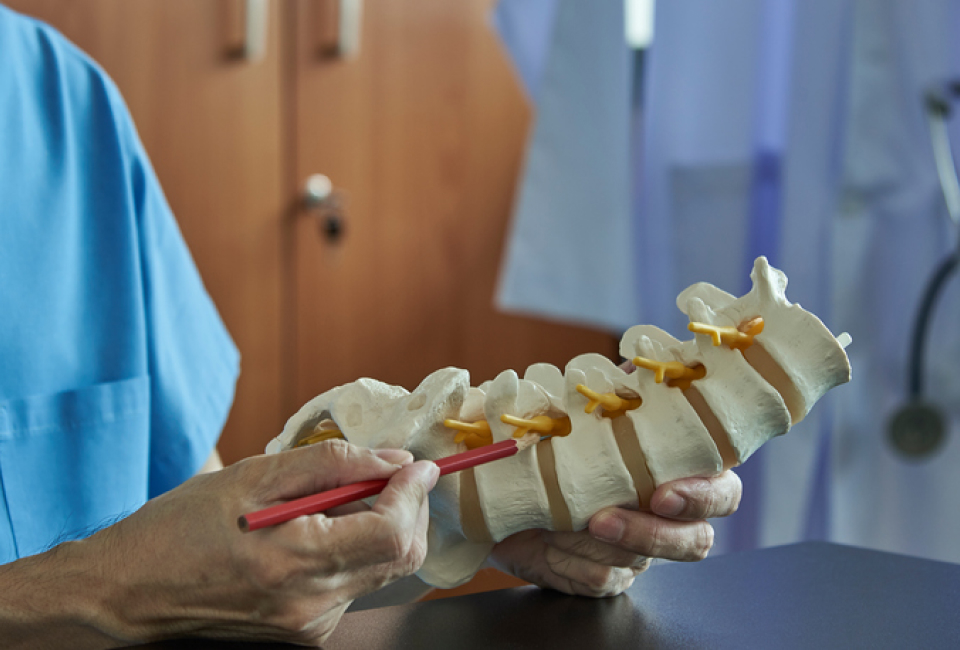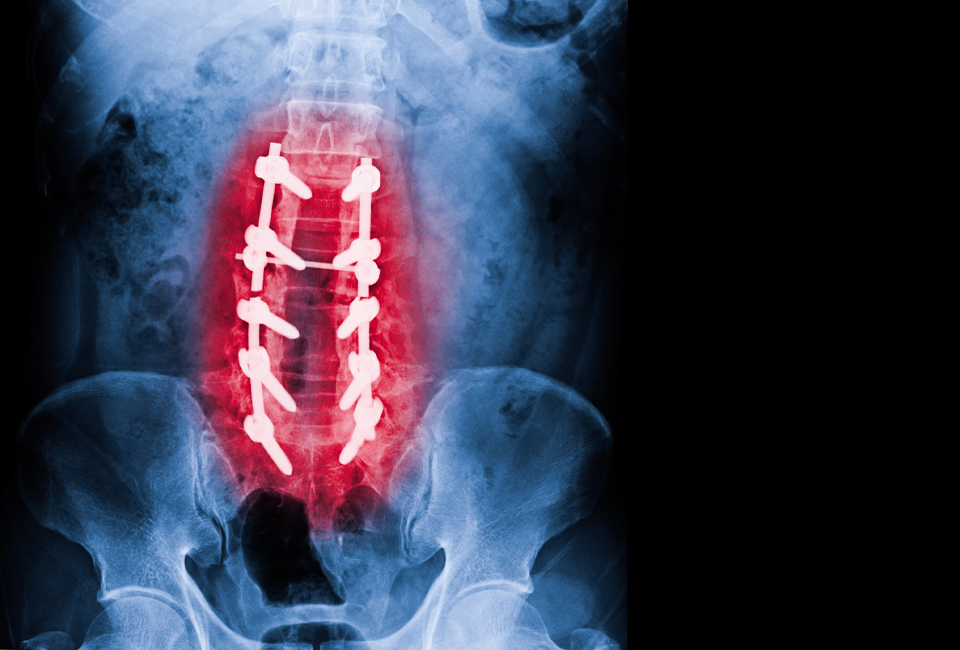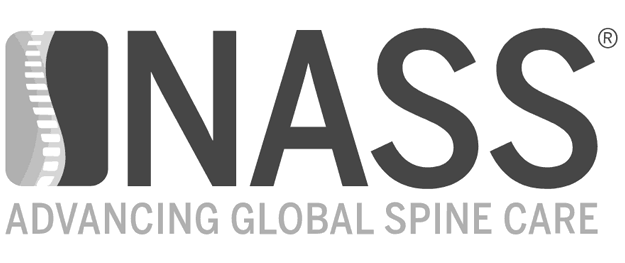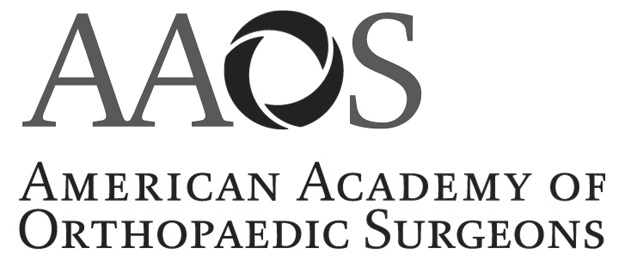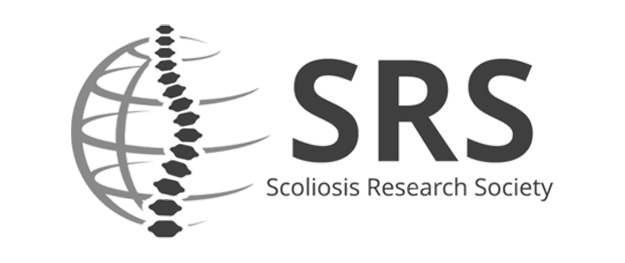CONDITIONS EXPLAINEDSciatica
CONDITIONS EXPLAINEDSciatica
Sciatica describes a syndrome characterized by radiating pain down the lower extremities. It can affect one or both sides, and is considered true sciatica when it is the lumbosacral nerve roots of the sciatic nerve which are compressed. This compression most typically arises from a bulging disc, or spinal stenosis. Many other factors may also cause sciatica, however, such as bone spurs, traumatic injury, and ligament hypertrophy.
Most cases of sciatica can be managed without surgery. Strengthening core muscles to stabilize the vertebral column as well as careful rehabilitation are key to limiting the pain and lower limb weakness associated with sciatica. Patients for whom conservative treatments are inadequate, as well as patients experiencing cauda equina syndrome, a medical emergency characterized by loss of bowel and bladder control, are typical candidates for more invasive procedures.
Common risk factors for sciatica include:
- Obesity places a great deal of pressure on the vertebral column and causes an accelerated deterioration of the vertebral joints, predisposing patients to the development of sciatica
- A lifestyle of prolonged sitting
- Advancing age and associated deterioration of intervertebral discs also predisposes patients to sciatica
- Diabetes and the associated nerve damage of low blood sugar can lead to permanent nerve damage and symptoms of sciatica

Experiencing Symptoms of Sciatica?
Detection & Diagnosis
Sciatica is typically diagnosed after a thorough physical examination. During this assessment, the physician will take:
- Past medical history
- History of the primary presenting complaint
- A simple sensory evaluation
- Examination of reflexes
- Simple tests for symmetric and normal muscle strength
- X-rays to identify to identify bone spurs
- MRI or Magnetic Resonance Imaging to isolate the affected nerve root
An experienced physician can typically identify the problematic nerve root by the presentation of deficits.


